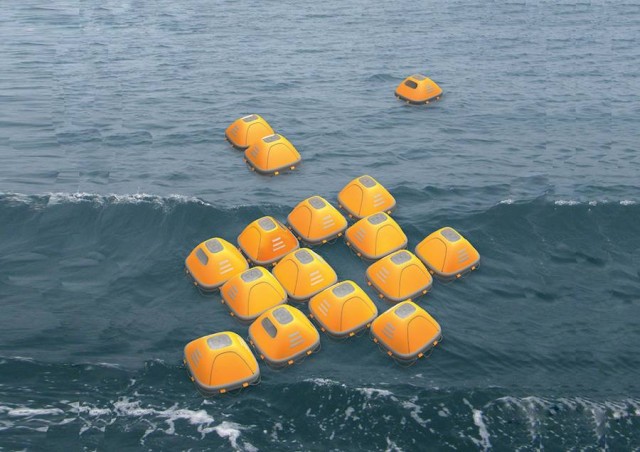By Kevin Howell
Natural disasters are unavoidable, and unfortunately, they seem to be occurring more often. In 2015, more than 1,000 natural catastrophes were recorded in a single year for the first time.
Though there is technology in place to provide warnings of some catastrophes, such as satellites that track storms, sensors that monitor water levels, and seismic systems that measure earthquakes, many lives are still lost. Disasters took the lives of 23,000 people in 2015, a significant increase from 7,700 deaths in 2014.
There are many innovations springing up to help victims survive these disasters. Emergency experts say the first 72 hours after a natural catastrophe are critical for rescue and survival. The following innovations aim to keep people alive after disaster strikes.
- Floating Shelters

Tsunamis are one of the most deadly natural disasters, claiming an average of 79 deaths for every 1,000 people affected. The tsunami in Japan in 2011 killed nearly 16,000 people. Out of that disaster and similar flooding events have come floating shelter inventions that aim to help people survive rising water.
Designers Zhou Ying and Niu Yuntao created the Duckweed Survival House, a floating emergency raft shelter that’s designed to remain upright regardless of the intensity of waves.
The winner of the 2015 Red Dot Award, the shelter can be quickly inflated with its built-in, high-pressure carbon dioxide gas chamber. It has an underwater stem, which contains the gas chamber, that can convert sea water into fresh water as well.
- Solar-Powered Water Purifiers
Disaster victims may not have access to clean water essential for survival after a destructive event, particularly those in developing countries. Recent innovations address this problem by converting sea water into fresh water using solar-powered devices.
The Desolenator, which was the People’s Choice winner for the 2015 Index Awards, is a mobile device that purifies any type of water. It’s deemed as low cost (though the price isn’t specified) and can provide a family with 15 liters of clean water a day. You just fill the device with contaminated water, set it in the sun, and let it go through the purification process.
Another filtration device, the Eliodomestico distiller, also converts sea water to fresh water through solar energy. The simple design features a matte black boiler at the top of a terracotta urn. It absorbs heat, boils water, and separates it from other elements to provide clean water. It produces five liters of water a day.
- Drones
Drones are all the rage these days, with many people purchasing small ones for personal use. However, the flying devices can play a key role in disaster relief efforts.
Drones such as the PrecisionHawk Lancaster can survey disaster areas and provide visual data to first-responders to determine where victims may be as well as map the best approach for relief and rescue.
- Flood Barriers
When floods are expected to hit a community, whether by overflowing rivers, lakes, or bays, sandbags have been a common defense mechanism. However, filling bags with sand takes a considerable amount of time and the barrier can only be used once.
The Wata-Wall Flood Defense barrier provides an alternative. It’s a set of large, hollow cubes that connect, can be filled with flood water, and stacked as a flood wall. Each cube, when filled, weighs about 700 pounds. They can be emptied, stored, and used again.
When it comes to preparing for unavoidable disasters, innovation is often the greatest defense. Engineers continue to create useful technology to aid victims of catastrophes and increase chances of survival.
You don’t have to be a professional to find ways to avert tragedy. If you’re a student interested in how engineering helps humanitarian efforts, check out more about EPICS in IEEE.

Recent Comments